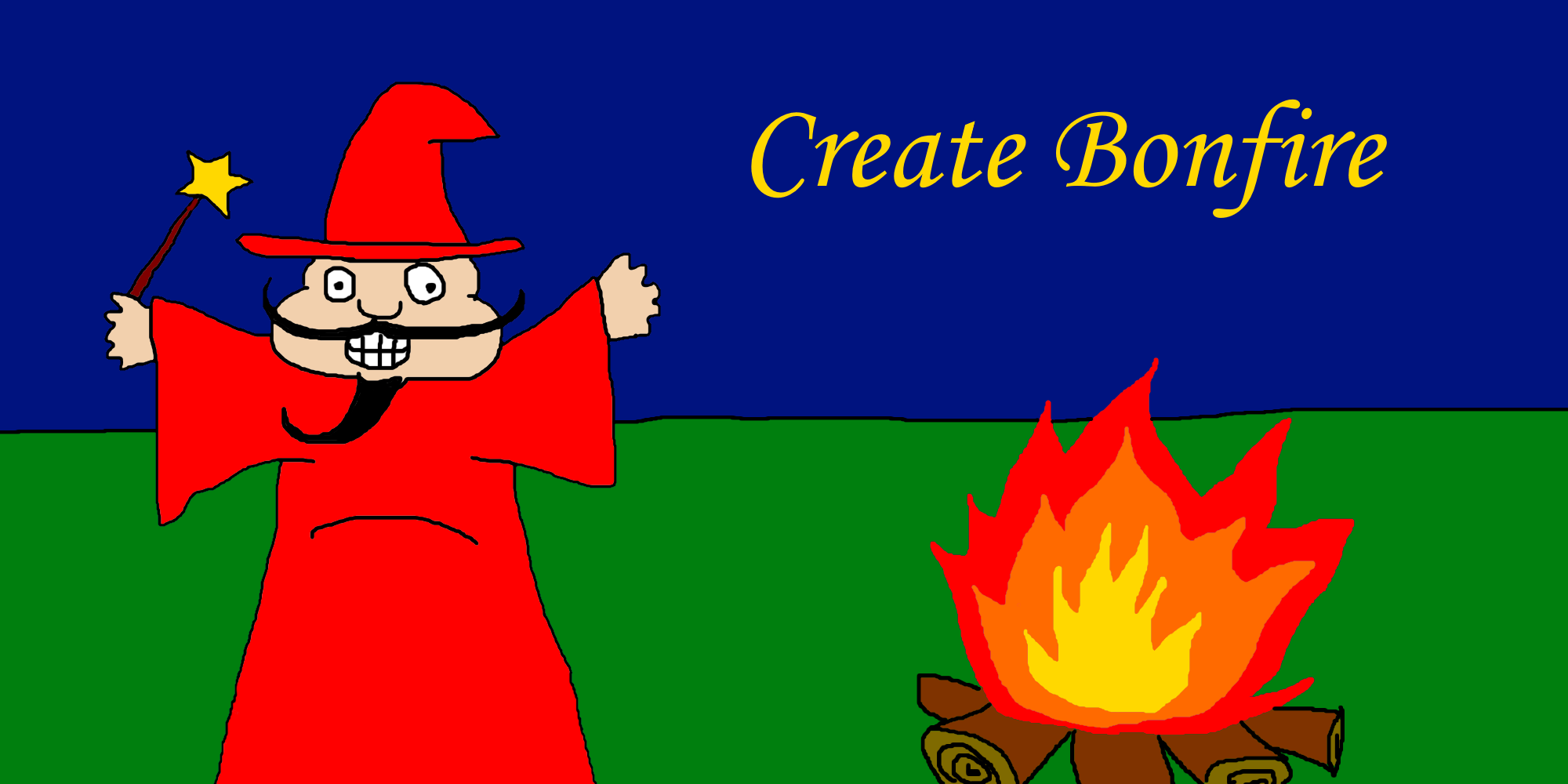By Sam West, Twitter:@CrierKobold
Cantrips are a caster’s bread and butter early in the game. A good selection of cantrips offers you the tools to enact wacky and wild solutions to a variety of problems, and can provide a foundational problem solving baseline. You get three at first level, and picking between all of them can feel daunting.
Here for you is a guide to what I think are the best 5 Wizard Cantrips basically any wizard would be happy to have.
1. Mage Hand
Telekinesis is pretty crazy, right? Having the power to move objects around with your mind would change my life on a day to day basis. Mage Hand gives your wizard a tool to do exactly that. It is excellent at grabbing objects from behind creatures' backs, safely investigating hazardous magic items and material, and gives you the manual dexterity to open a door you’re pretty certain is rigged to blow. If I’m playing a wizard, this is the first cantrip I’m looking to take as it opens up a whole array of opportunities most other spells and features just can’t.
2. Minor Illusion
I’ve heard illusion magic called “the cheat codes for D&D”; Minor Illusion represents that well. With a creative mind and some clever expression, Minor Illusion can fulfill the role of any object, creature, or sound you need it to in a five by five area. Unlike larger scale illusions as well, Minor Illusion asks you to make it a part of a larger plan, where larger spells like Major Image tend to be the bulk of the plan you’re looking to enact. Some players aren’t looking to try to create elaborate (and occasionally convoluted) schemes involving a series of progressively smaller illusory gnomes or the horrid screech of a dying fire beetle, though, and probably won’t get much use out of it. If you’re somebody who does love coming up with off the wall ideas to achieve your goals and want a tool to bring them to life, look no further than Minor Illusion.
3. Create Bonfire
Sometimes you run out of spell slots, or need to conserve them for a big battle ahead. In those moments, while your rogues are sneak attacking for giant chunks of damage and your monks are punching the crap out of the cthull, you’ll want some tool to dish out some damage. You could go with the classic Fire Bolt, which does decent enough damage at 1d10 from 120 feet out; I instead would recommend Create Bonfire. It does 1d8 damage initially, which is less, but adds a bunch of dynamic elements that Fire Bolt and most other damage spells don’t. Igniting a single square space to deal periodic damage can lead to free damage over the course of a fight. You might be able to discourage enemies from advancing through a tight corridor, pressure them to disengage from your frontline pals, or double up your damage on a stubborn behemoth by burning them in the bonfire while slinging out other damaging cantrips or spells. Most of the damage cantrips tend to offer you just one way to deal damage; I think Create Bonfire is one of the best as it offers you way more options to engage in dealing damage at a very low cost.
4. Mind Sliver
If you’re looking for a spell to bolster your buddies spellcasting or your monk's stunning strikes, Mind Sliver is where you want to be. It dishes out 1d6 damage on its own, and without any other spells getting cast, can impose disadvantage on the hit creature's subsequent save against your next Mind Sliver. Mind Sliver also can potentially impose disadvantage before a crucial saving throw that could incapacitate the enemy like a Hold Person or Hideous Laughter which can be the deciding factor between winning and losing a fight. At minimum, you’re getting a 1d6 damage save, which is often just going to be “enough” damage. At its best, Mind Sliver is a supportive tool to set up you and your parties future saving throws for success. It can be an exceptional addition to the right parties.
5. Prestidigitation and the Other “Cosmetic” Cantrips
Prestidigitation fits into a category of spells I refer to as the cosmetic cantrips; these are cantrips whose main purpose is offering magical effects to empower a specific kind of fantasy. Wizards get access to a bunch of these: Control Flames, Dancing Lights, Gust, Mold Earth, Prestidigitation, and Shape Water. Each of these has varying practical uses that can be somewhat valuable, but will be fairly niche. Mold Earth, for example, can cause an area of dirt or stone to become difficult terrain, which will rarely have moments where it’ll be particularly valuable. In a tight five foot wide corridor, though, it can be an excellent option to have. Gust offers a push, Dancing Lights lights, and so on.
What makes these spells worth taking in my opinion is the flavor they bring to your character. Do you want to be the hottest arsonist this side of the Forgotten Realms, painting with your flames in glorious chromatic fashion? Control Flames is what you want. Looking to play the wizard-y-iest wizard to ever wizard? Prestidigitation has your sparks, remote candle lighting, and symbol making at the ready! You’ll probably not want more than one of these initially, but they can be great pickups later to hit home your character's fantasy exactly how you want it.
The Cantrips You Love
What matters more than any of these mechanics are what you enjoy doing with your character. While this list can be a great starting point, ultimately if you find that Acid Splash hitting multiple creatures with acid fits your character fantasy and dishes out plenty of damage at your table, by all means get it. Cantrips are the baseline ability of your wizard; choose whatever ones fit your vision best. Happy adventuring!







